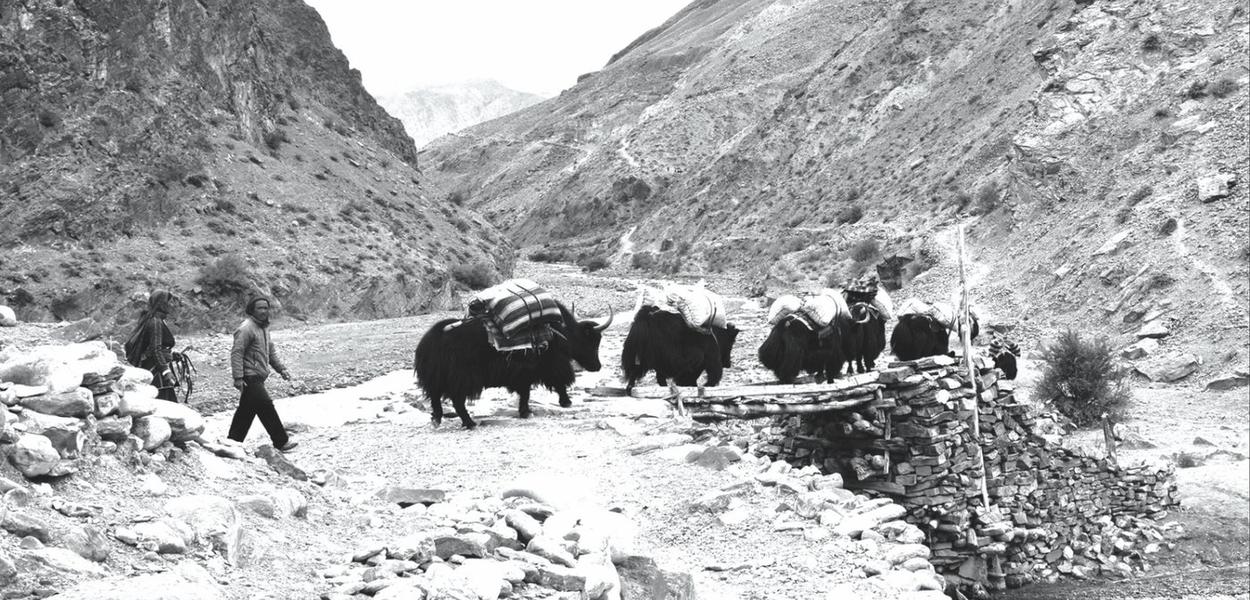Share this Article
Annaprashan—derived from the Sanskrit words "Anna" (food) and "Prashan" (eating)—is a culturally significant rite of passage in Nepal that celebrates a baby's first intake of solid food. This ceremony, steeped in tradition, marks a critical milestone in the child's development and symbolizes the transition from exclusive breastfeeding to incorporating solid foods into the diet. It is a joyful occasion that reflects the rich cultural heritage of Nepal and emphasizes familial bonds, blessings, and communal joy.
Historical and Cultural Context
The Annaprashan ceremony has roots in ancient Hindu traditions and is observed with variations across different communities in Nepal. Historically, it underscores the importance of nourishment and health in a child's growth. In Nepalese society, food is considered sacred, and the act of feeding solid food for the first time is seen as a sacred duty, imbued with religious and cultural significance.
This rite of passage is an essential part of the Samskaras (rituals) in Hinduism, which are life-cycle ceremonies performed at key stages in an individual's life. Annaprashan is one of the earliest rites, emphasizing the child's physical and spiritual growth.
Timing and Astrological Significance
The Annaprashan ceremony is typically held when the baby is between six months and one year old. The exact timing is crucial and is often determined based on astrological considerations. A family priest or purohit uses the baby’s horoscope to select an auspicious date, ensuring that the event aligns with positive planetary influences. This practice reflects the deep interconnection between daily life and astrology in Nepalese culture.
Preparations for the Ceremony
The preparations for Annaprashan are elaborate and imbued with symbolic meaning. Key steps include:
- Cleaning and Decoration: The home is thoroughly cleaned to purify the space. The area where the ceremony will be conducted is adorned with traditional decorations, including flowers, rangoli (decorative art), and oil lamps, creating a festive and sacred environment.
- Ceremonial Attire: The baby is dressed in new, often traditional, attire. Family members also wear traditional clothes, enhancing the ceremonial atmosphere.
- Preparation of Food: The central element of the Annaprashan is the preparation of the baby's first solid food, typically a mixture of rice and ghee. This dish is considered pure and auspicious. In some communities, sweetened rice, yogurt, bananas, and other soft foods are also prepared. The food is offered to deities before being served to the child, signifying divine blessings.
- Ritual Items: Special utensils, often made of gold or silver, are used for feeding the baby. These items symbolize prosperity and health.
The Ceremony: Step-by-Step
- Invocation of Deities: The ceremony begins with a puja (prayer ritual) conducted by the family priest. Offerings of flowers, fruits, and incense are made to invoke the blessings of deities, particularly Lord Vishnu, who is believed to protect and nourish.
- Feeding Ritual: The baby is seated on the lap of the maternal uncle or grandfather, who is considered to play an essential role in the child's life. This person feeds the baby the first spoonful of solid food, marking the formal introduction of solid sustenance. The act is accompanied by chanting of mantras and blessings.
- Blessings and Gifts: After the initial feeding, family members and guests take turns offering small spoonfuls of food to the baby, each accompanied by a personal blessing. Gifts are presented to the child, often including clothes, gold jewelry, or money, symbolizing good fortune and prosperity.
- Distribution of Prasad: Prasad (blessed food) is distributed among attendees, signifying the sharing of blessings. This food is considered sacred and is a vital component of the ritual.
- Feast and Celebration: The ceremony concludes with a communal feast, where family and friends gather to celebrate. Traditional Nepalese dishes are served, reinforcing communal ties and collective joy.
Symbolism and Cultural Importance
The Annaprashan ceremony holds profound symbolic significance. It represents not only the child’s physical growth but also the family's hopes and aspirations for the child’s future. The act of feeding is seen as a nurturing gesture that connects the child to the family and the community.
- Health and Prosperity: The emphasis on selecting an auspicious date and using sacred food reflects the desire for the child’s well-being and prosperity.
- Spiritual Growth: The prayers and offerings made during the ceremony underscore the spiritual dimensions of nourishment, linking the physical act of eating with divine blessings.
- Community and Family Bonds: By involving the extended family and community, the ceremony reinforces the social fabric and the importance of collective support in a child’s upbringing.
- Cultural Heritage: Annaprashan is a means of transmitting cultural values and traditions to the next generation. It serves as a reminder of the importance of rituals and the role they play in shaping identity and continuity within the community.
Variations and Modern Adaptations
While the core elements of Annaprashan remain consistent, there are regional and community-specific variations in the rituals and foods offered. In urban areas, the ceremony may be adapted to modern lifestyles, with elements of the celebration conducted in banquet halls or through more contemporary practices.
Despite these adaptations, the essence of Annaprashan—a celebration of growth, health, and community—remains intact, making it one of the most cherished ceremonies in Nepalese culture.
Categories:
Lifestyle & Local Life
Tags:
tradition







